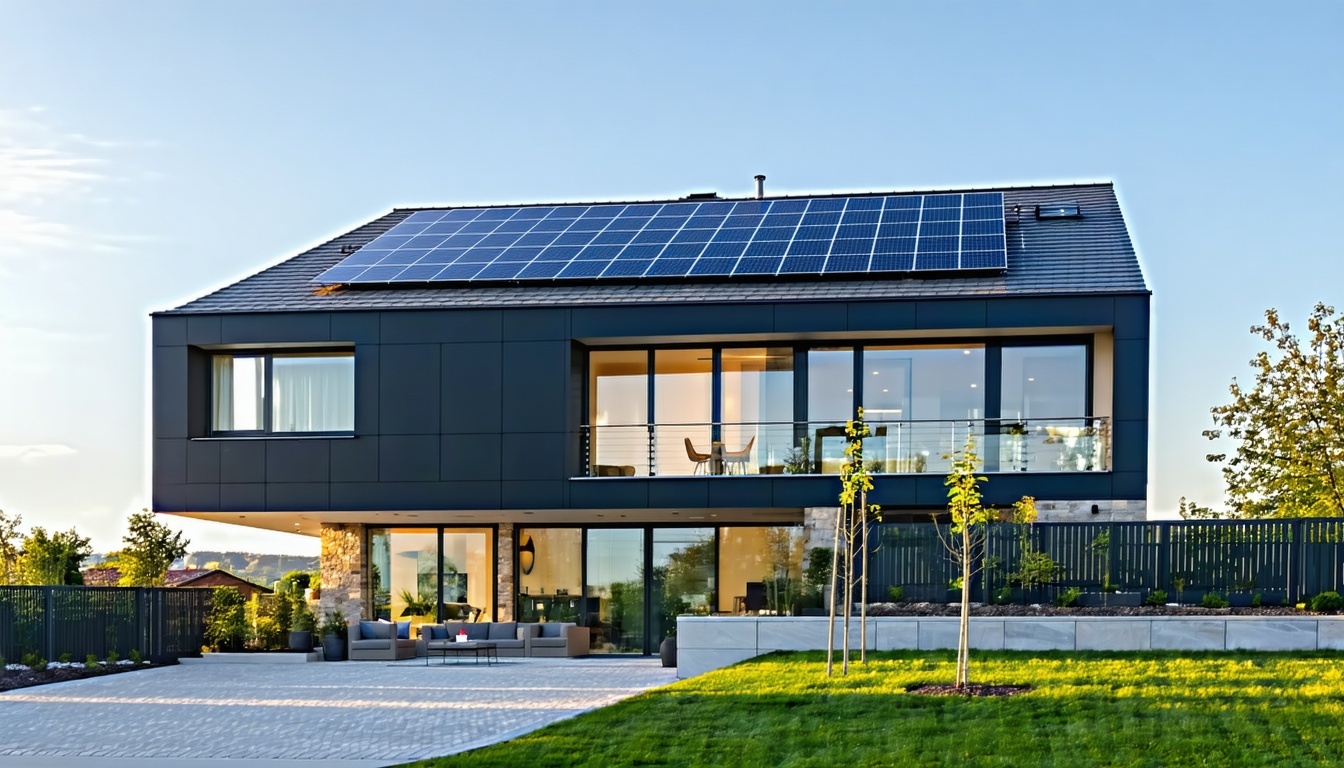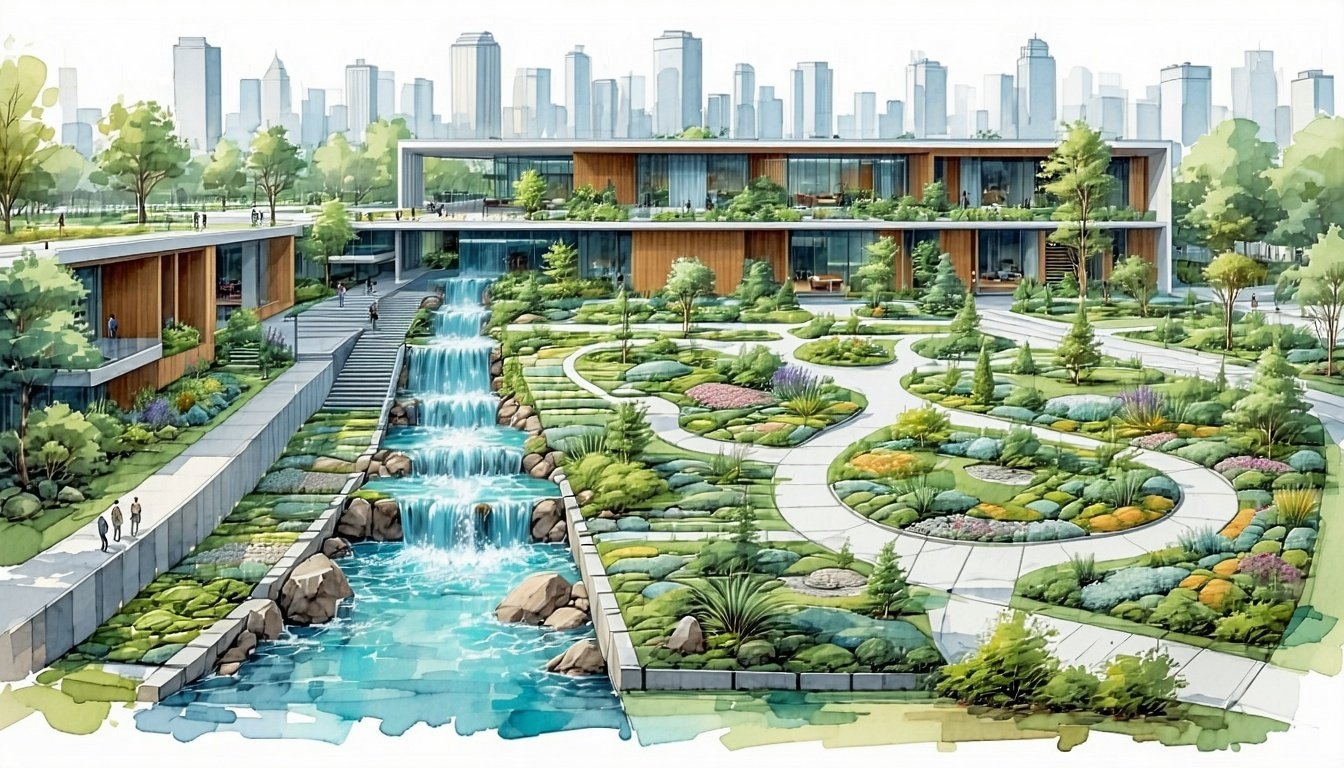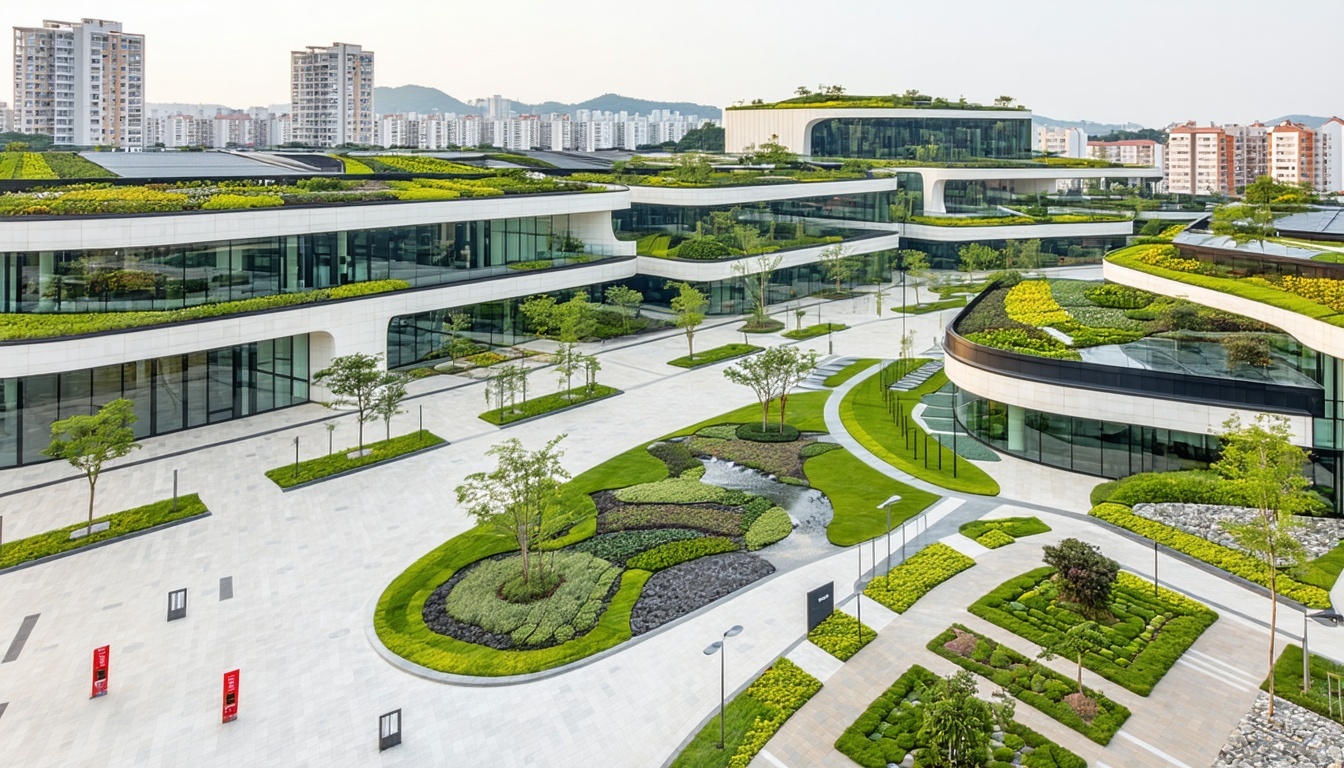Discover the secrets to creating a warm, cost-effective, and environmentally-friendly home with our comprehensive guide to energy-efficient space heating for new constructions.
Understanding the Importance of Energy Efficient Space Heating
Energy-efficient space heating is a critical component in creating sustainable and cost-effective homes. As energy prices continue to rise and environmental concerns become more pressing, the need for efficient heating solutions has never been more significant. Implementing energy-efficient space heating not only reduces the carbon footprint of a household but also significantly lowers utility bills.
Modern building regulations, such as Victoria’s Urban Residential Building Requirements (VURB), emphasise the importance of energy efficiency in new constructions. Compliance with these standards is essential for architects, developers, and builders, ensuring that new homes meet minimum energy performance benchmarks. This focus on energy efficiency aligns with broader sustainability frameworks, such as the Nationwide House Energy Rating Scheme (NatHERS) and the Building Sustainability Index (BASIX) in New South Wales.
Innovative Heating Technologies for New Homes
The construction industry has seen significant advancements in heating technologies designed to maximise energy efficiency. Heat pumps, for instance, are increasingly popular due to their ability to transfer heat rather than generate it, making them up to four times more efficient than traditional heating systems. These systems can be used for both heating and cooling, providing year-round comfort with minimal energy consumption.
Another innovative solution is hydronic heating, which uses water to distribute heat through pipes installed in the floors or walls. This method provides consistent and comfortable warmth while using less energy compared to conventional forced-air systems. Additionally, advancements in smart thermostats allow homeowners to control heating systems with greater precision, ensuring that energy is used only when and where it is needed.
Designing Homes for Optimal Heat Retention
Designing homes with optimal heat retention is crucial for maintaining energy efficiency. This involves using high-quality insulation materials in walls, roofs, and floors to minimise heat loss. Double or triple-glazed windows are also essential for preventing drafts and maintaining a consistent indoor temperature.
Properly sealing gaps and cracks around doors, windows, and other openings can significantly enhance a home's thermal performance. Additionally, incorporating thermal mass materials, such as concrete or brick, can help to store and slowly release heat, maintaining a stable indoor environment. These design strategies ensure that heating systems do not have to work as hard, thereby reducing energy consumption.
Integration of Renewable Energy Sources
Integrating renewable energy sources into home heating systems is a powerful way to enhance energy efficiency and sustainability. Solar photovoltaic (PV) systems can be used to generate electricity that powers heat pumps and other electric heating systems. By harnessing solar energy, homeowners can reduce their reliance on grid electricity and lower their carbon footprint.
Additionally, solar thermal systems can be used to directly heat water for domestic use and space heating. These systems are particularly effective in regions with high solar insolation. Combining solar PV and thermal systems with battery storage solutions can further enhance energy independence, ensuring that homes remain warm and comfortable even during power outages.
Expert Tips for Maximising Energy Efficiency
To maximise energy efficiency in new homes, it is essential to start with a comprehensive energy assessment. Certified Energy offers expert guidance and accurate modelling to help clients understand their energy consumption and identify areas for improvement. Our fast turnaround reports ensure that project timelines are met without compromising on quality.
One common challenge developers face is integrating energy-efficient systems within design constraints. At Certified Energy, we provide practical solutions, such as optimising building orientation and layout to maximise natural light and heat gains. We also assist in navigating dual occupancy requirements, ensuring that all units meet stringent energy standards without sacrificing comfort or aesthetics.
Getting VURB assessments right the first time can prevent costly redesigns and council delays. By working with Certified Energy, clients can ensure that their projects comply with all relevant regulations and achieve the best possible energy performance. Contact us today to learn how we can support your next residential building project with our expert services.







